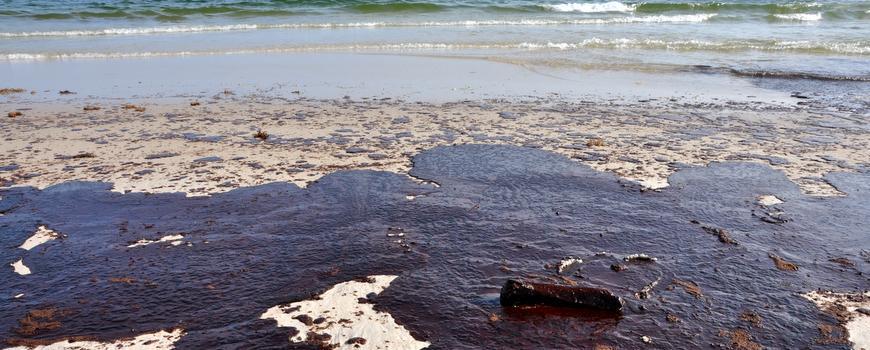
Key provisions of the Environmental Liability Regulations (SI 547 of 2008) came into effect in Ireland on 1 April 2009, with the objective of holding operators financially liable for remedying environmental damage caused by their activities. Operators are also liable for taking preventative actions if their activities cause an imminent threat of environmental damage. The Regulations therefore go further than the polluter pays principle in that they also seek to prevent environmental damage from occurring.
Concept of environmental damage
The term environmental damage is a new term in Irish legislation and has specific meaning:
- Damage to protected species and natural habitats
- Damage to the ecological status or ecological potential of water (ground water and surface water)
- Damage to land that creates a significant risk to human health
A key point is that the damage must have a significant adverse affect. It is the responsibility of the competent authority (in this case the Environmental Protection Agency) to provide guidance on what constitute significant adverse affects.
Scope of activities
The Regulations apply to damage or the threat of damage caused by a wide range of operational activities including, for example, sites licensed under the integrated pollution control (IPC) and industrial emissions (IE) regimes, waste management facilities, and the transport of dangerous substances.
Role of competent authority
The EPA will either direct the operator to take the remedial measures identified by the operator or it will specify the measures to be undertaken. Third parties have a right to inform the EPA of incidents or the threat of environmental damage and to request action from the Agency.
The EPA has recently established an Environmental Liability Unit dedicated to the implementation and enforcement of environmental liability legislation. The Agency is undertaking the preparation of new guidance in relation to the implementation of the new Regulations. It is expected that this will outline criteria for assessing environmental damage for each of the three types of environmental damage, and provide a risk ranking of the activities most likely to result in environmental damage.
The guidance will assist the Agency in integrating the Regulations with existing enforcement regimes in Ireland. Existing licensed activities can expect direction and guidance from the Agency on environmental liability compliance in early 2010. It is important to note that the obligations on the operator under the Regulations apply now, even though the Agency’s guidance is still under development.
Impact
A measure of the possible impact of implementing the Environmental Liability Regulations in Ireland may be gauged at this stage from research conducted on behalf of the UK’s Department for Environment, Food and Rural Affairs (DEFRA) on similar regulations, which implement the Environmental Liability Directive in England, Wales and Northern Ireland.
This research indicates that the UK regulations are expected to cover less than 1% of the 30,000 cases of environmental damage that occur each year. It also estimates the cost of implementing the regulations in England, Wales and Northern Ireland at ~£14 million per year, which includes risk reduction measures, insurance and remediation, with manufacturing businesses incurring ~11% of this amount.
